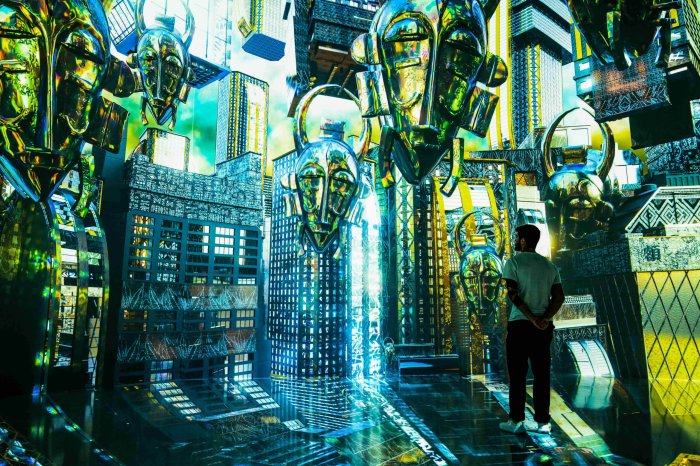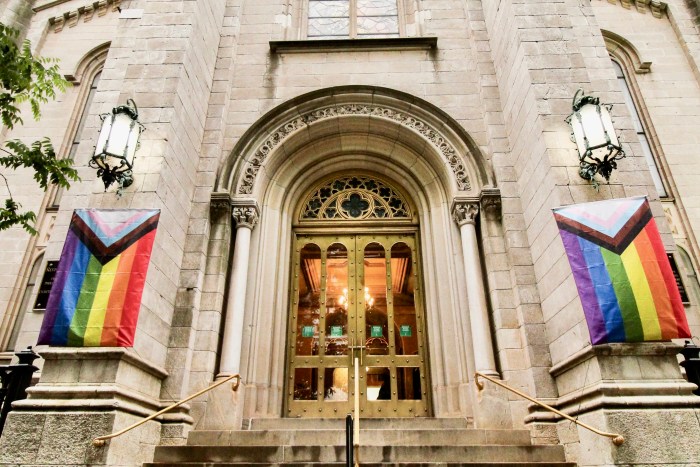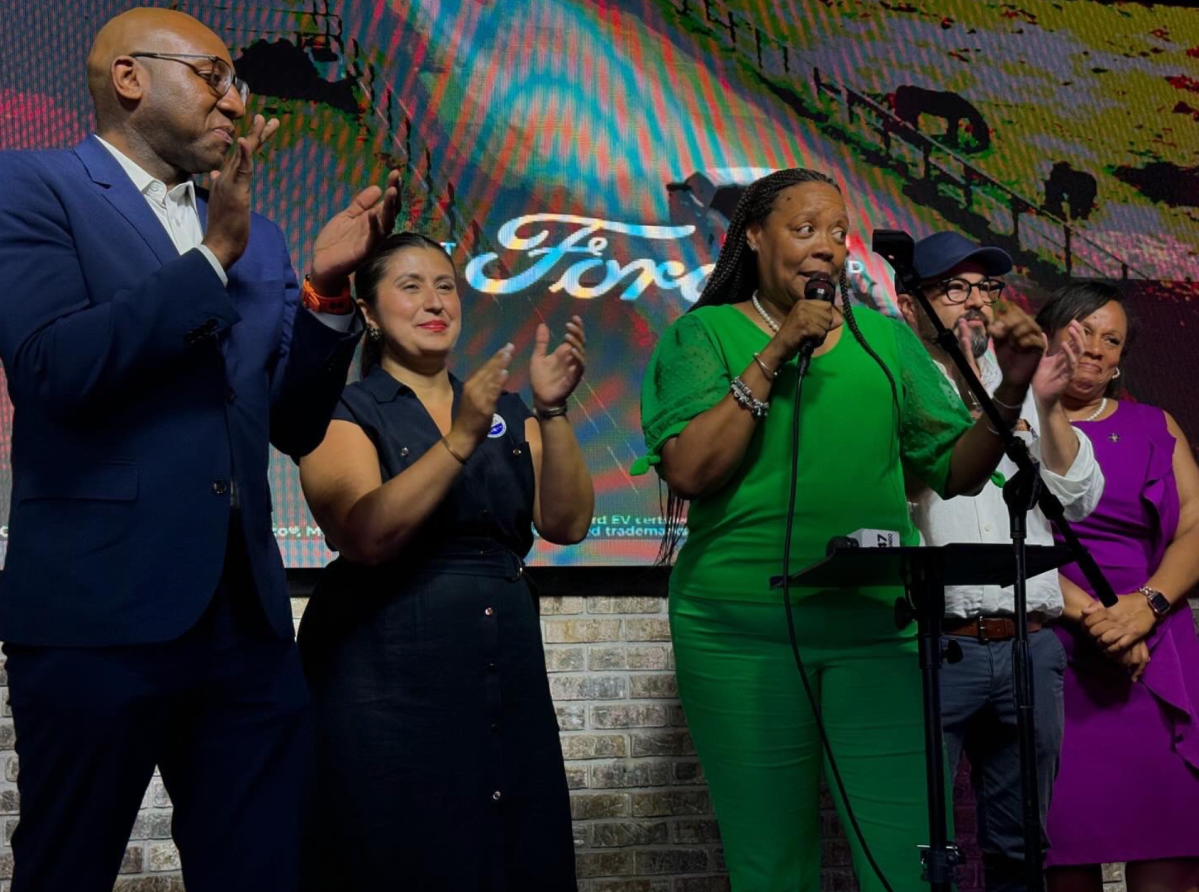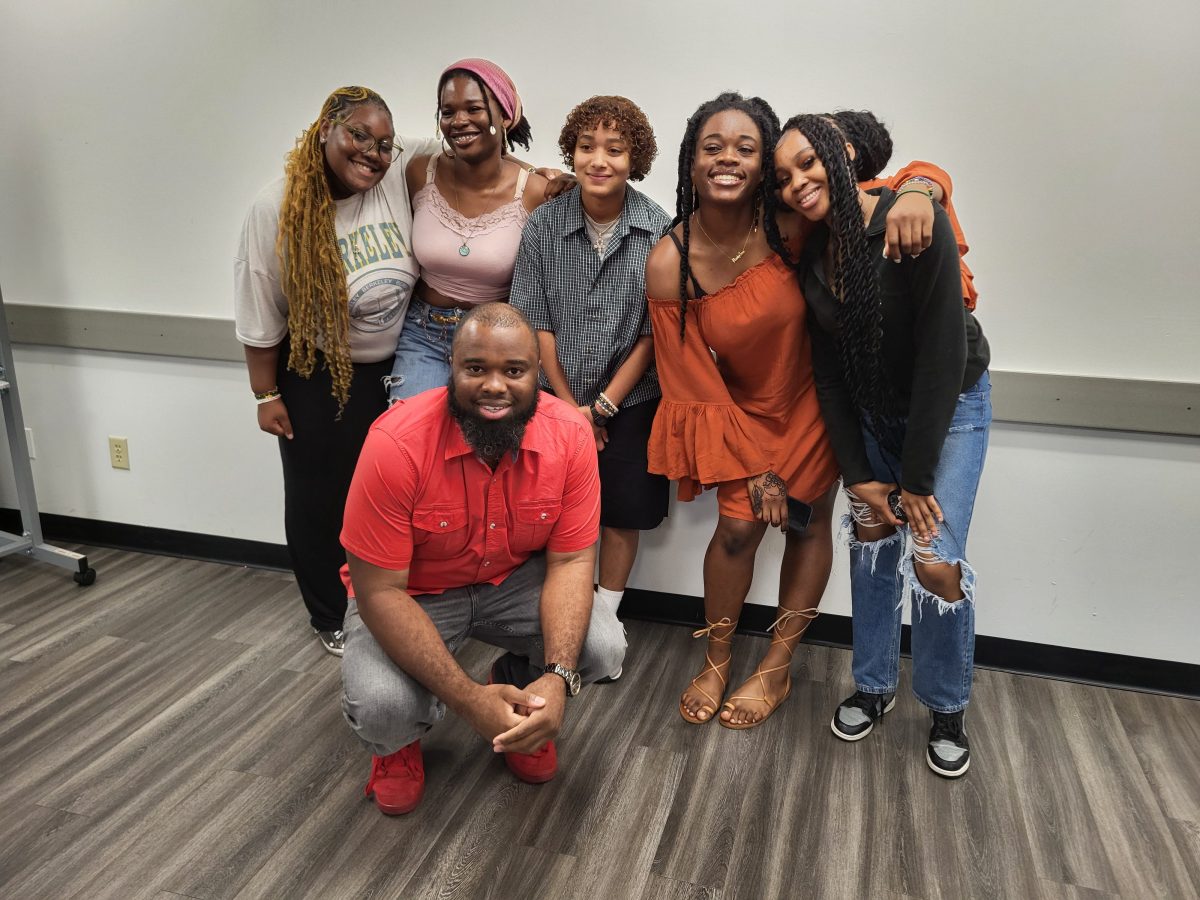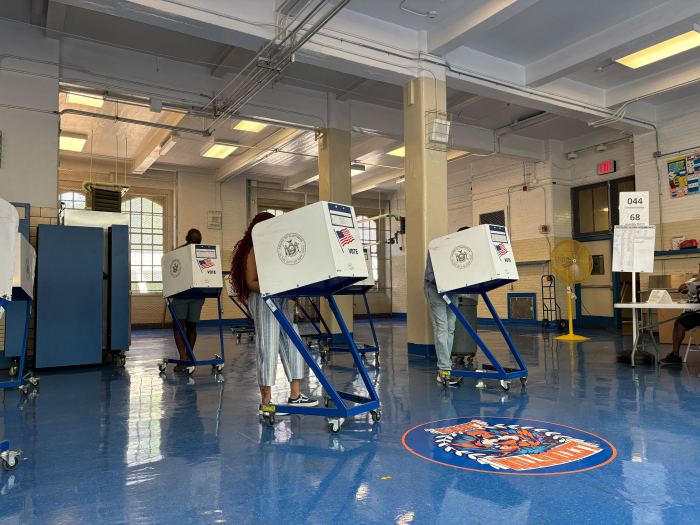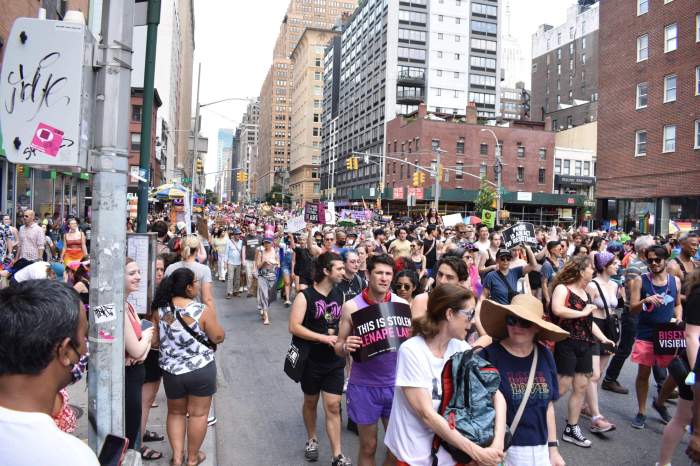BY STEVE ERICKSON
Seventh annual festival is emblematic of a region’s cinema crisis
All the Sad Young Literary Men
Viking, 256 pp., $24.95
The seventh New York Asian Film Festival is the biggest one yet, offering 43 features and two programs of shorts. Even so, the selection suggests an ongoing crisis in the region’s cinema.
Japan dominates this year’s choices; in fact, the festival’s final few days overlap with the Japan Society’s program of new Japanese films. Back in 2005, South Korean cinema was so strong that the New York Film Festival chose three of the country’s films for its selection. Now, the New York Asian Film Festival’s program notes complain, “So many of the Korean movies produced in 2007 and considered for the festival this year were just awful.” Tellingly, the festival seems most enthusiastic about Kim Jin-won’s “The Butcher,” a no-budget slice of torture-porn that doubles as an allegory of the Korean film industry’s malaise.
Nor are other Asian countries picking up the slack. Only four Hong Kong films — two directed by one-man New Wave Johnnie To — are included. Mainland China, burdened by increasing censorship, contributes a single title this year. In response, the festival is branching out –– it includes two documentaries, for the first time ever, and films from Indonesia and Vietnam.
To some extent, it reflects a disappointing American market for Asian films. Stephen Chow’s “E.T.” riff “CJ7” couldn’t find an audience here, although it’s quite accessible. The US branch of Tartan Films recently went out of business. Although probably best known for its “Asia Extreme” DVD line and Sundance Channel program — consisting mostly of mediocre Korean and Japanese horror films — Tartan turned Park Chan-wook’s “Oldboy” into a cult hit, but couldn’t do the same for Park’s subsequent “Lady Vengeance” or To’s “Election” and “Triad Election.” Its 101-film library has been put up for auction.
Starting off as a dark, conspiracy-minded thriller, Indonesian director Joko Anwar’s “Kala” (June 26 at 9:15 p.m.) offers plenty of moody atmosphere. It alternates between the progress of two heroes, narcoleptic reporter Janus (Fachri Albar) and gay cop Eros (Ario Bayu), as they investigate a cluster of burnt corpses on a street.
Initially, “Kala” is quite impressive. The cinematography is stylish, filling the screen with blazing yellows and reds. It feels both futuristic and retro. While far from being a “gay film,” it integrates a non-stereotypical gay character into its story without much self-consciousness.
“Kala,” however, gets sillier the more it moves toward the supernatural. It plays as though David Fincher’s “Seven” morphed into a “Highlander” sequel. Anwar’s mixture of film noir, political allegory, and horror bites off more than it can chew, never quite living up to its ambitions.
Yosuke Fujita’s “Fine, Totally Fine” (July 3 at 6:30 pm.; July 5 at 6:30 p.m.) is more intriguing for its overall sensibility than any individual scenes or elements. It bears some resemblance to the American indie school of quirk, but it departs from that path in several key ways. Fujita has a taste for lowbrow humor –– several gags involve indecent exposure, flicking snot in a woman’s eye, and a porn mag ruined by spilled coffee –– tempered by a humane respect for his characters’ flaws.
Yet no one is likely to confuse “Fine, Totally Fine” for a Farrelly brothers film. For the most part, it’s a low-key examination of three perpetual adolescents on the verge of turning 30. Teruo (Yoshiyoshi Arakawa) is obsessed with gore and monsters. He wants to build a haunted house but doesn’t really have the ambition. Together with his brother Hisanobu (Okada Yoshinori), a hospital administrator, he grows attracted to Akari (Kimura Yoshino), a clumsy woman who works with Hisanobu. At first, Fujita seems unsure of what exactly he’s trying to accomplish, but the film eventually reaches a consistent tone and becomes quite moving, all the while remaining relatively quiet and gentle.
The other Japanese films I was able to catch offer a much harsher vision. Ryo Nakajima’s “This World of Ours,” (June 28 at 1 p.m.; June 30 at 6:15 p.m.; July 2 at 2:45 p.m.), a sub-Larry Clark piece of crude nihilism, blames terrorism on teen angst. His compatriot Koji Wakamatsu’s “United Red Army” (July 6 at 4 p.m.) takes a far more rigorous approach to political violence. Wakamatsu is best known in the West for his attempts to reconcile radical politics and softcore porn in films like “Ecstasy of the Angels” and “Go! Go! Second Time Virgin.”
While surely not the most violent film in this year’s New York Asian Film Festival, I’d wager that “United Red Army” is the most intense and disturbing. Still banned from entering the US due to his ’70s flirtations with Japan’s extreme left and the PLO, Wakamatsu has actually made a harsher depiction of the excesses of the United Red Army, whose members dedicated themselves to violent communist revolution, than an overtly right-wing director might.
Starting off with a mix of documentary footage –– exhaustively dedicated to the historical facts and full of on-screen text –– and staged scenes, the film kicks off with a history of Japanese student rebellion in the 1960s and early ’70s. Its plot doesn’t really get underway until the United Red Army holes up in their mountain retreat and its soldiers start torturing and killing each other.
With a great deal of sympathy for the healthy dissent that kicked off the Japanese student movement, it ponders how that spirit was twisted into a suicidal “self-critique.” The period detail and ensemble cast are quite convincing, keeping “United Red Army” from playing like a distant historical exercise.
The U.S. government may not allow Wakamatsu to speak to an American audience in person –– he’ll be doing a Q&A via satellite on July 6 –– but his film speaks quite eloquently in his place, showing how a political group can turn into a self-destructive cult.





